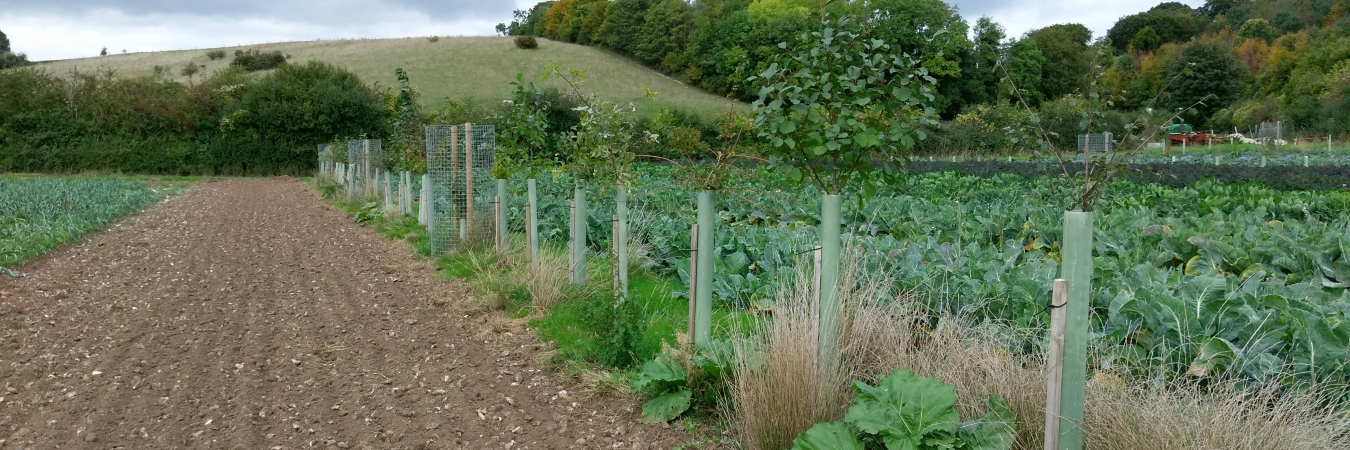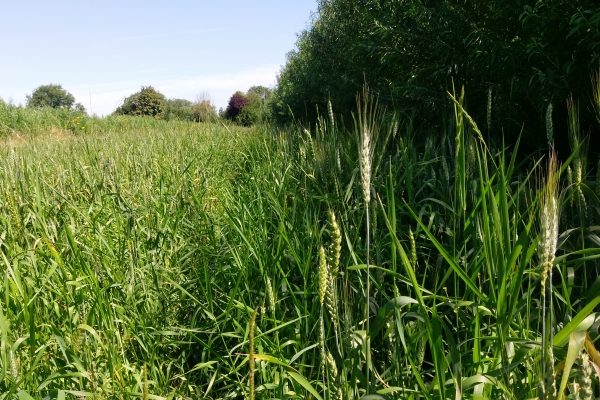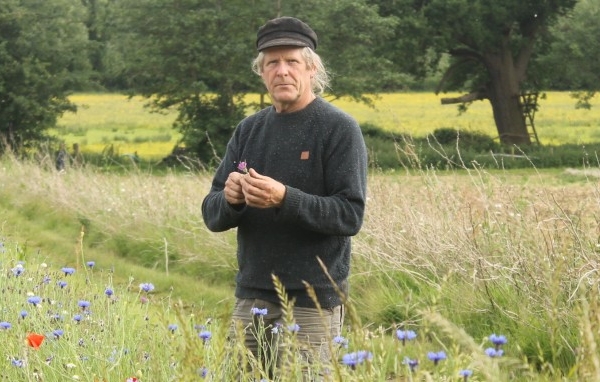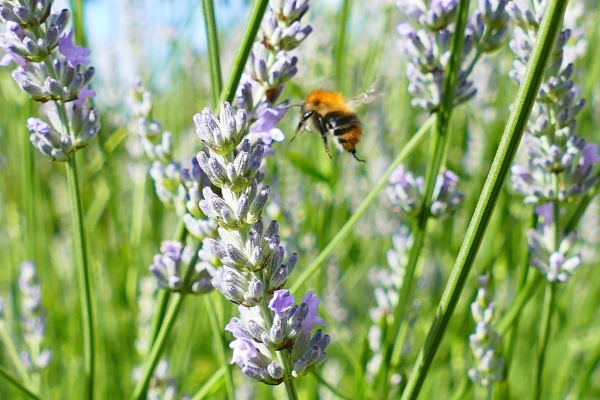Managing the tree understorey
Opportunities for crop diversification
Resource explained
In many agroforestry systems, the area between the tree trunks and under the tree canopy is overlooked and underutilised. This factsheet, produced as part of the AFINET project, explores opportunities for using the area under the trees as a productive part of the system. Rather than being considered wasted space, it could provide an opportunity for introducing new crops (e.g. herbs, flowers, fruit and vegetables) which could increase production and diversify the range of marketable products. The factsheet covers what, why and how, and pros and cons.
Findings & recommendations
- Understorey crops can help repay tree planting costs within two to three years, if a market can be found for the new crops.
- As trees grow, microclimate conditions will change and the understorey crops may need to be altered.
- Some species and varieties will be better suited than others to conditions found in tree rows; it may be worth trialling varieties or species on a small scale first before scaling up.
- In some tree systems (e.g. short rotation coppice or high density fruit trees) the competition for water and nutrients from the trees may be too great to allow any understorey crops.
- The new crops may benefit biodiversity such as bees and butterflies by providing new habitats and resources. However, the increase in complexity can present challenges including initial establishment costs, additional labour requirements and extra infrastructure.
Summary provided by:
Pen RashbassEdited by:
Janie CaldbeckRelated articles
AFINET is a thematic network established to foster exchange and knowledge transfer between scientists and practitioners involved in agroforestry. It acts at EU level; putting...
Silvo-horticulture agroforestry has many benefits for market gardens, but needs careful planning for success. This workshop held at Organic Matters 2022 focused on how to...
Report on studies carried out within an organic silvoarable alley cropping system in the UK (Wakelyns Agroforestry in Suffolk) where researchers have investigated the impact...
"Tolhurst Organic is one of the longest running organic vegetable farms in England. Hardwick was the first to attain the 'Stockfree Organic' symbol in 2004....
"I don’t look at irrigation, pest control, planting and weeding separately… the system is set up as one whole organic system and trees are integral...
Organic vegetable farmer Andy Dibben puts forward the case for allowing complex insect ecosystems to develop or be proactively encouraged on farms, describing ways in...








